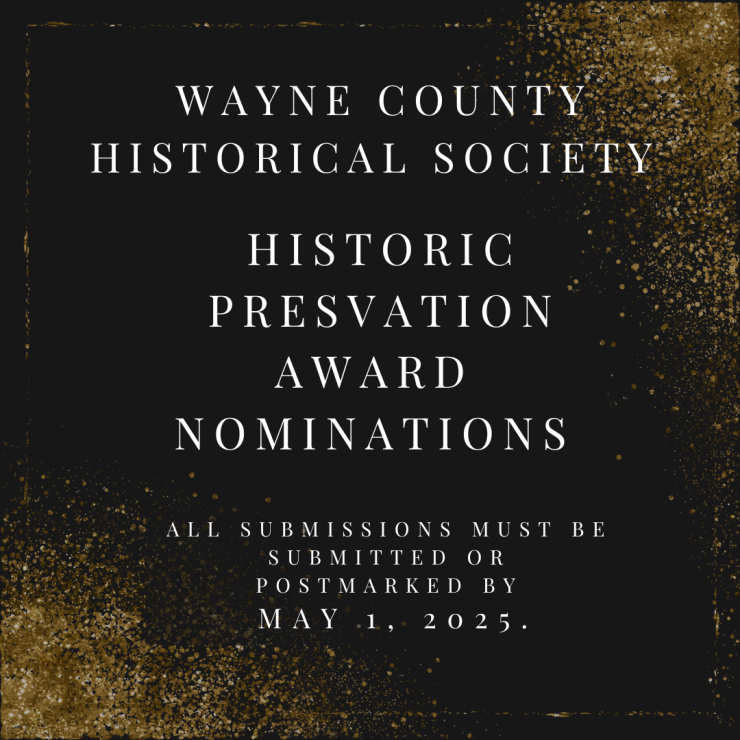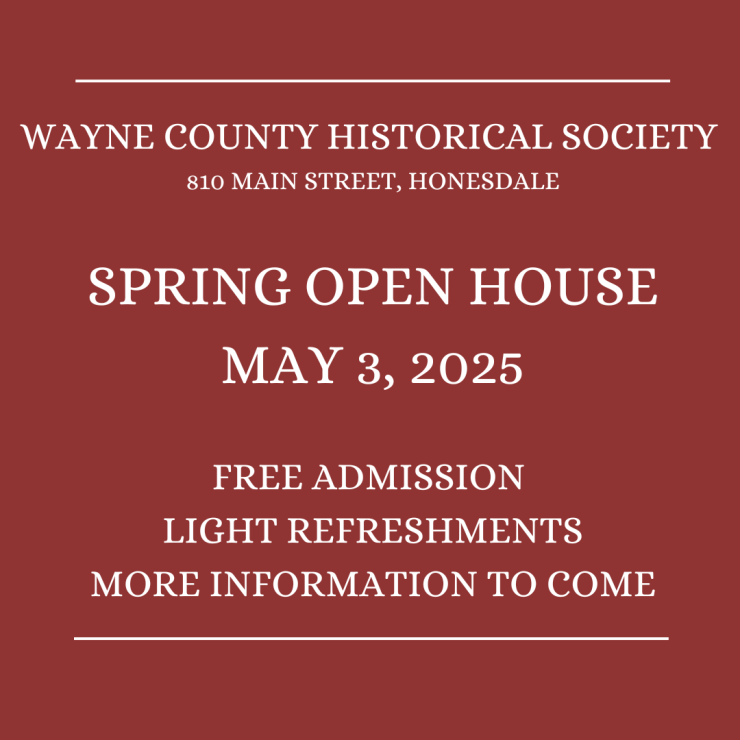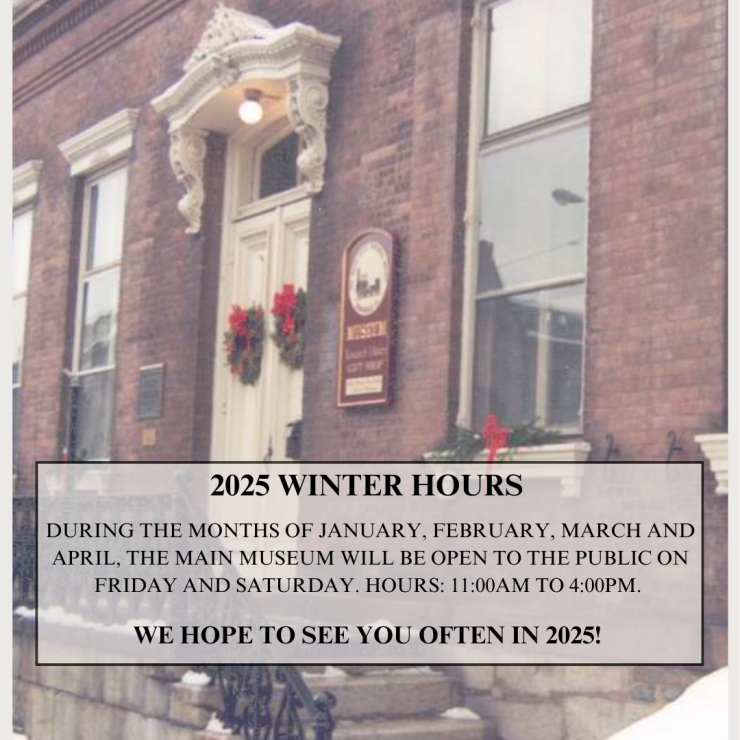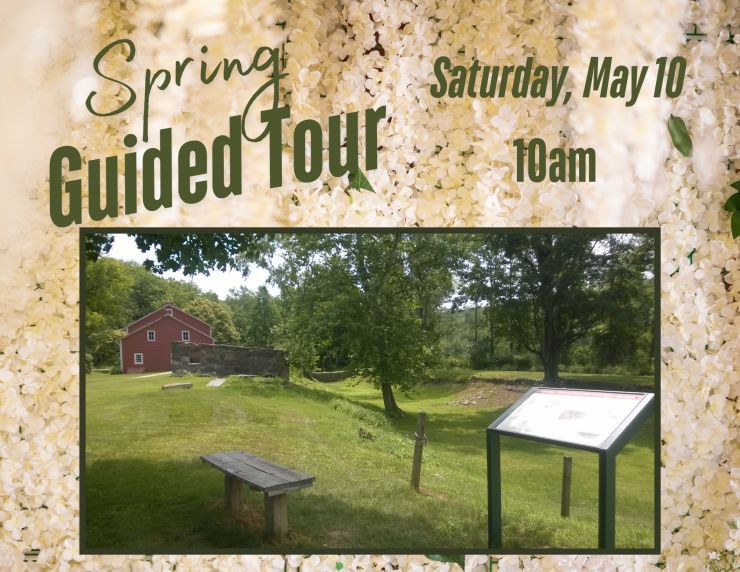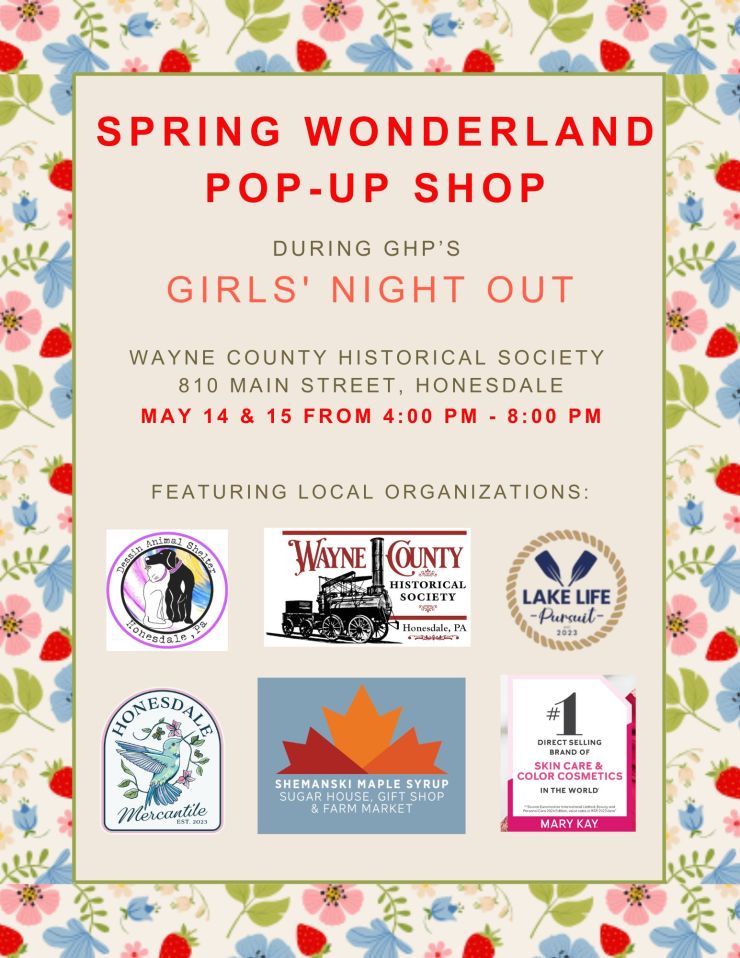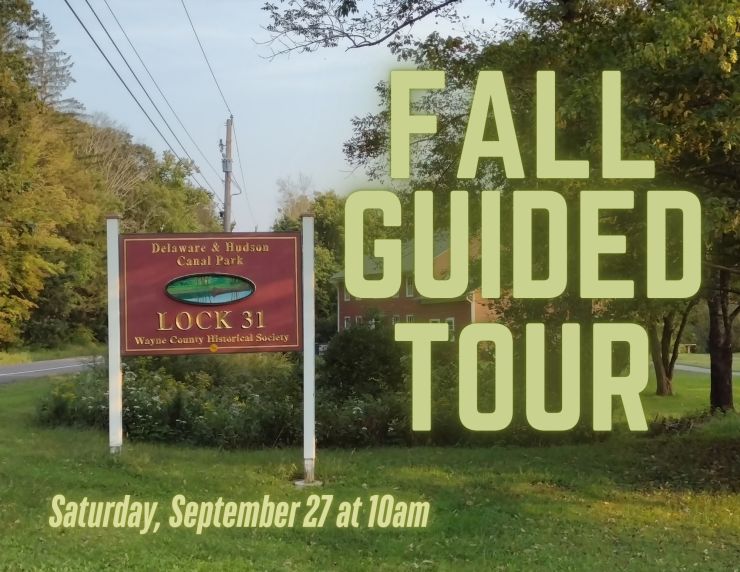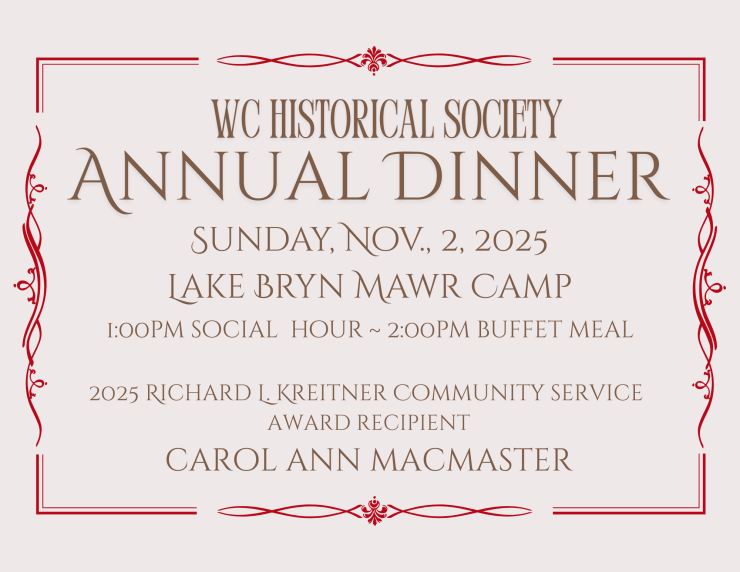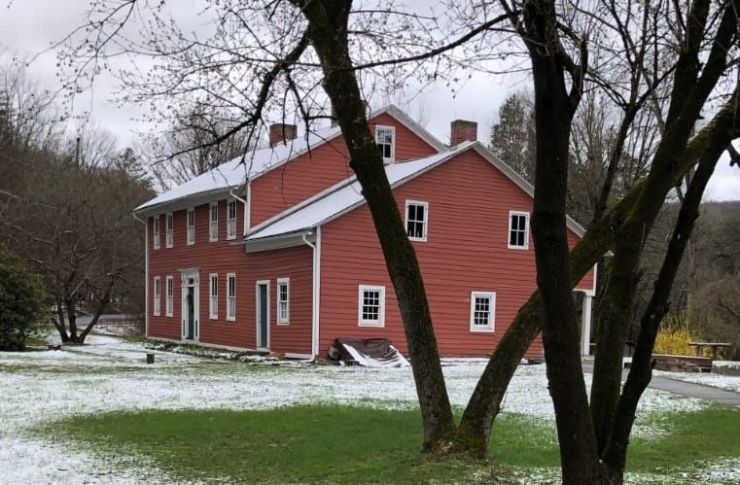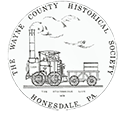Dyberry Township
Although the exact date of Dyberry’s establishment as a township cannot be documented, it was probably in the spring or summer of 1804. According to The History of Wayne, Pike and Monroe Counties by Alfred Mathews, 1886, this date is based on the fact that the first assessment for the township was decided at a meeting on Dec. 7, 1804. Dyberry has the distinction of being the first township to be taken from the original townships that had been erected at the time Wayne County was established in 1798. It was also the location of the county seat until 1821 when the Borough of Bethany was established and it was no longer part of the township. In 1841 Honesdale became the county seat. By 1826 Dyberry lost some of its territory with the erection of Berlin Township and lost even more when Texas Township was established in 1837.
Thomas Spangenburg from Sussex County, New Jersey arrived by 1798 and, with his wife, moved into a hut that had been built by John Kizer in 1797. John Bishop, another native of New Jersey, settled in Bethany and in 1802 he carried the mail from Bethany to Stroudsburg which was the nearest post office at that time. William Bryant was the first settler to come from Cornwall, England. He landed in Philadelphia in 1819 and arrived in Bethany in June of that year. Among the long list of earliest pioneers were: Conrad Pulis from Germany, Richard Nelson, William Schoonover, Jonathan Jennings and Sylvanus Seely.
About 1800 a primitive gristmill was built at the outlet of the first pond by Abraham Brink of Monroe County. In but a short time this was followed by a sawmill. Soon several saw mills appeared throughout the township in keeping with the county’s profitable lumbering and associated tanning industry. In 1830 Jason Torrey built a sawmill at Dyberry Falls. It was on this site that the successful tannery and lumbering business at Tanner’s Falls was constructed by Barnet Richtmyer in 1851. The plant was soon enlarged to one hundred and seventy vats with a capacity to tan fifty-two thousand hides annually. By 1863 the business was sold to Coe F. Young and its prosperity increased. Previously, a large portion of the workers’ wages was paid in goods from a store owned by Mr. Richtmyer. Coe Young rented the store but paid cash wages and the ‘company store” and credit system were abolished.
In 1816 a factory to manufacture window glass was begun by Christopher Faatz, Sr., Christian Faatz, Adam Greiner, Nicholas Greiner, Jacob Hines and Christopher Hines. These men had been employed in the glass works of Frankfort-on-Main in Germany. This business failed, changed ownership and failed once again. In 1829 Jacob Faatz in partnership with William Greeley put the plant back in operation for thirteen years. The last owner was John Sloan, Jr. and in 1845, after a fire, the proprietor abandoned the operation.
The first school in the area was in the village of Bethany and after 1804 several schools were opened in different parts of the township. In the beginning classes were held in private residences since there were no schoolhouses. Elijah Bunnell taught school in Captain Bunnell’s log house. After the passage of the School Law of 1834, pubic school buildings were quickly erected. By 1872 there were at least eight one-room schoolhouses in the township.
The 20th Century also brought some important changes to the township. The Kilroe family purchased a parcel of land in 1857 and later donated it to be used as the site of the Kilroe Seminary of the Priests of the Sacred Heart in 1955. The Seminary closed in 1971 and it remained empty until it was purchased by the Himalayan Institute of Glenview, Illinois in 1977. After several devastating floods, construction was begun on the Jadwin Dam across Dyberry Creek. The dam, named for General Edwin Jadwin, was completed on September 30, 1959.
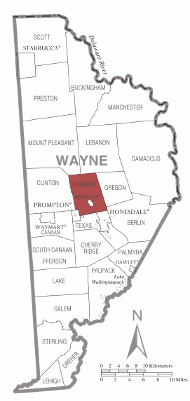
Navigation
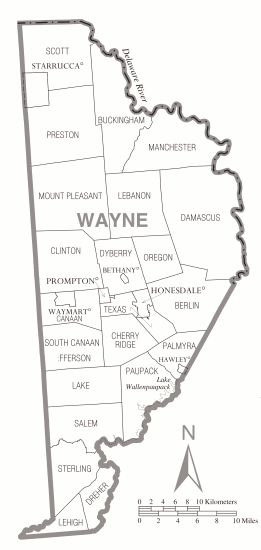
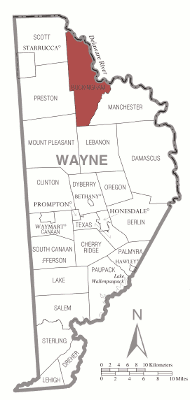
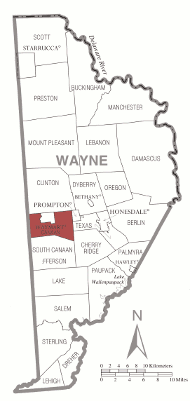
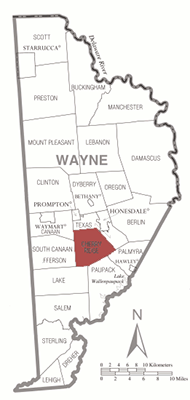
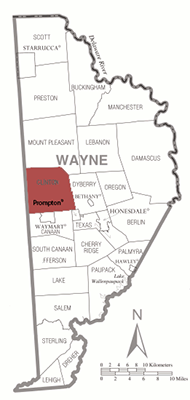
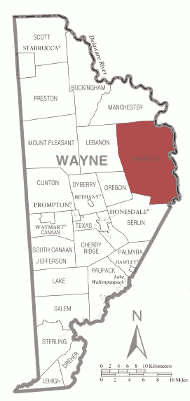
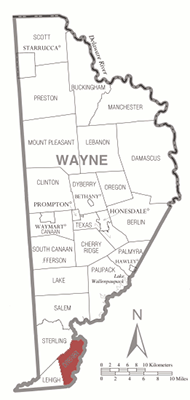

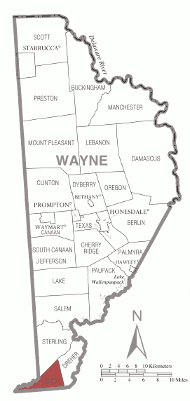

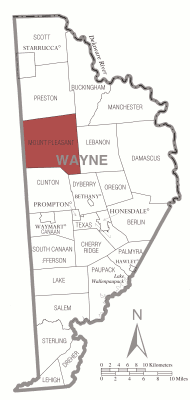
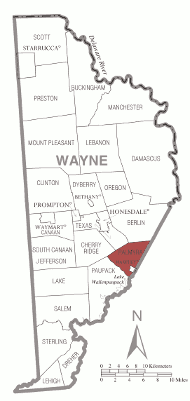
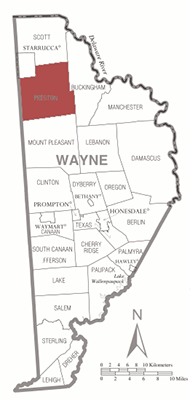


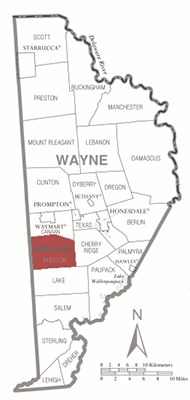
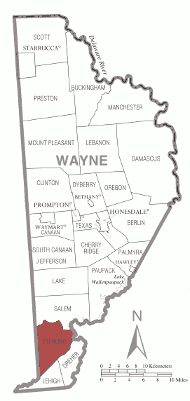
News and Events
